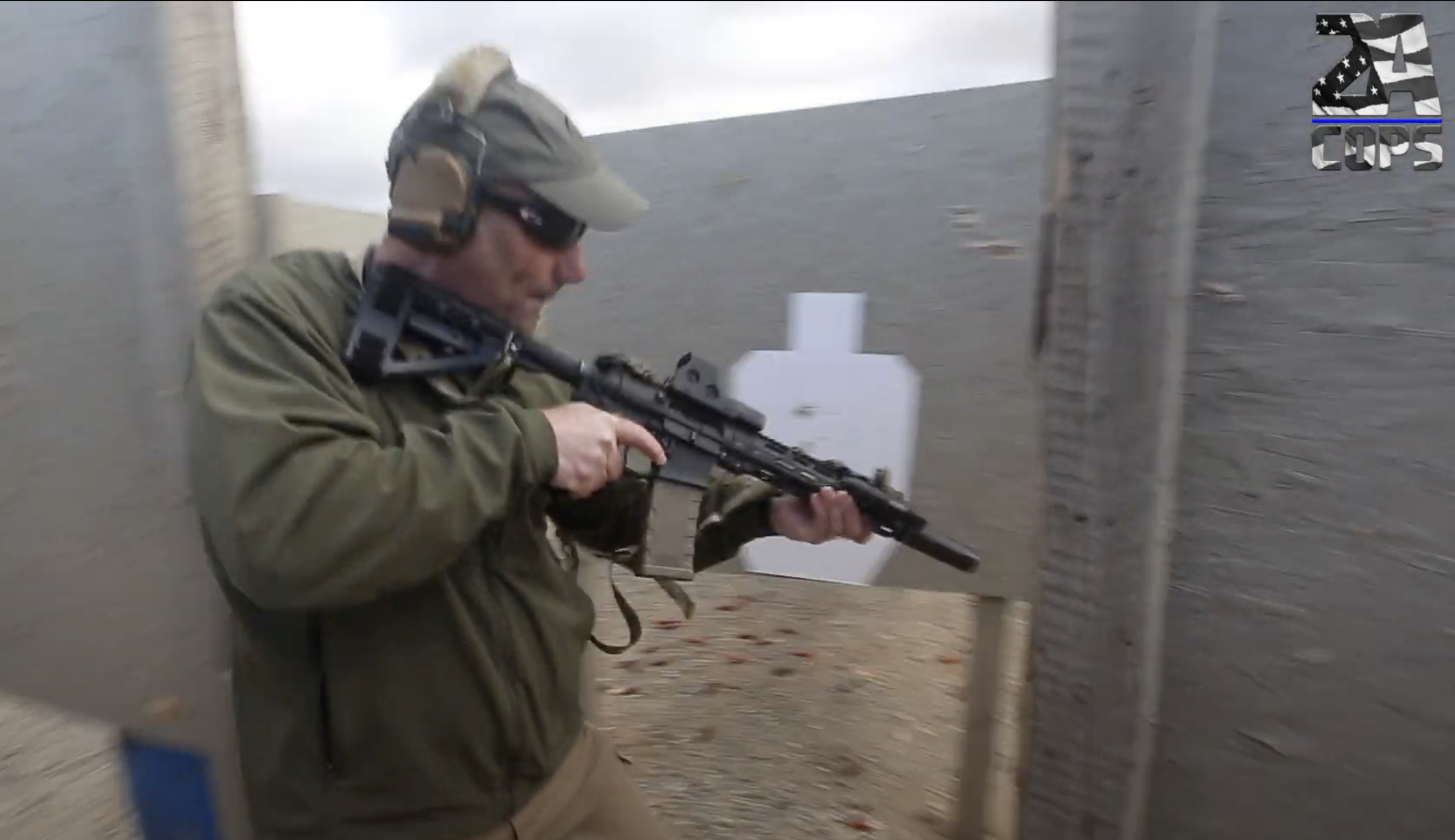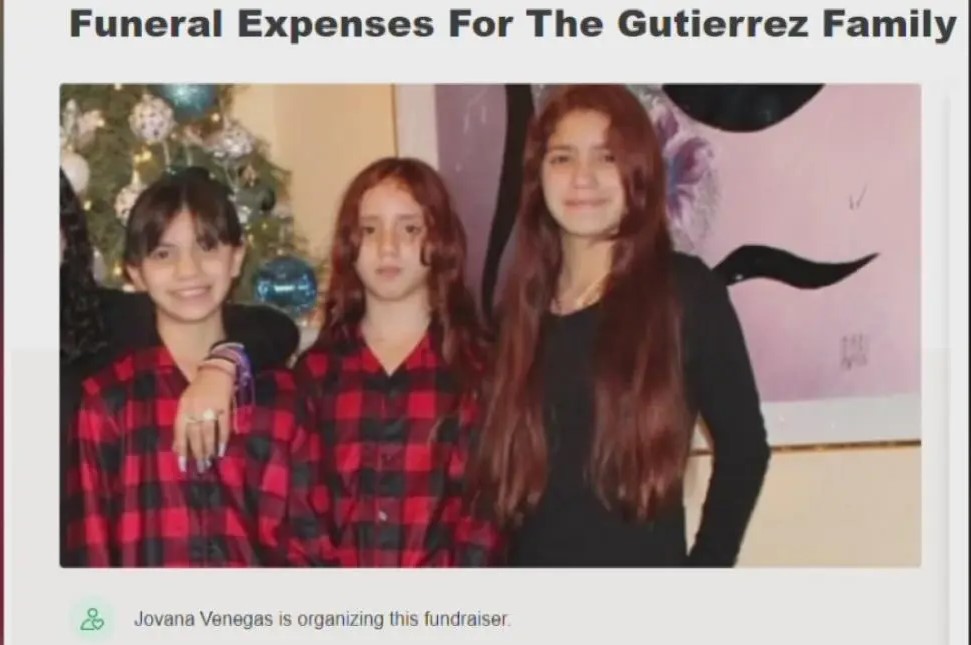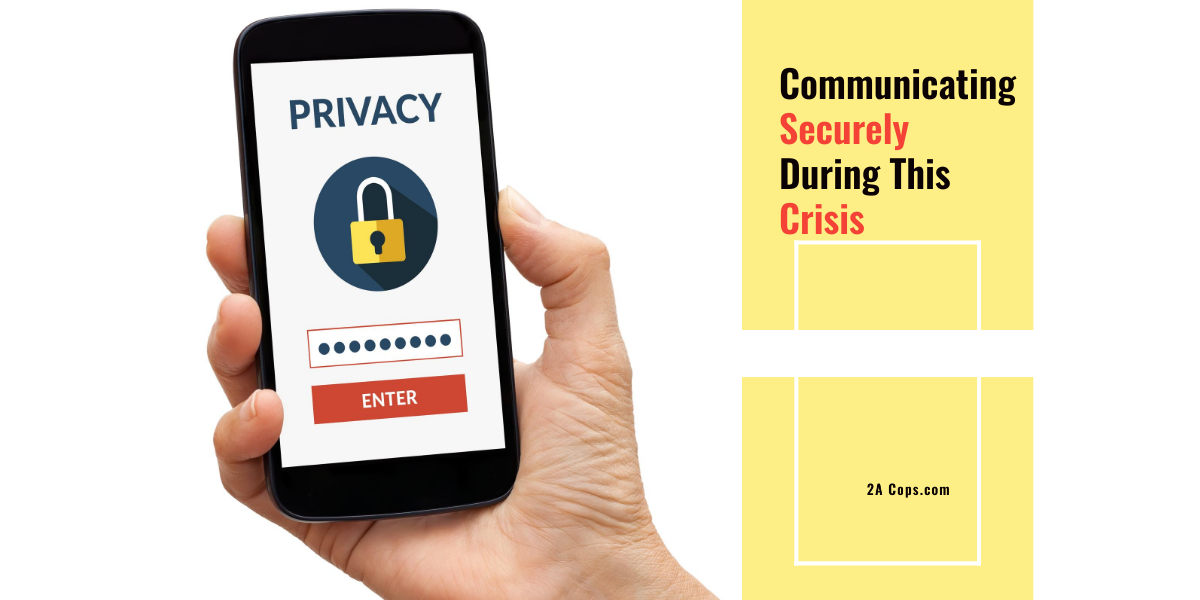Seems like nearly every time the NYPD gets into a shooting, people start complaining about their lack of accuracy. Many assume that it is because the officers are not good shots. While that might be true in some instances, with the NYPD there is also something else at work. Decisions made by administrators based on antiquated thinking severely hamper the cop on the street’s ability to shoot well under stress.
Let me just state this before I go any further: I am not knocking the working cops on the street, but rather am looking at whether or not decisions made by the brass are helping or hampering their shooting skills.
Guns of the NYPD
When the NYPD transitioned to semi-auto pistols back in 1998, they had several options. Then later in 2018, those options changed. Always at the top of the list for the gun most issued was the Glock pistol. In 1998 it was Glock 17. In 2018, they got the choice of a Glock 17 or 19. For those interested, there is a good history of the guns of the NYPD that discusses all of the available options. The guns that they have to choose from however are not the problem.
Back when the department first transitioned, those in positions making the decisions were convinced that if the cops on the street had a gun that had only a 5.5-6.5 pound trigger pull, like a stock Glock does, that the cops would screw up. I don’t know if they thought that the cops would fire rounds before they intended to fire rounds, or if they thought that with the access to more ammo in the gun and a lighter trigger, that cops would fire too many rounds. Whatever the thought process was, they had Glock design a new trigger spring just for them, one that increased the trigger pull to nearly 10 pounds.
It is not a coincidence that the double action trigger pull on a typical revolver is in the 10-12 pound range. It would seem the thinking here was to try and make the Glock trigger pull weight as close to that of a double action revolver as they could. Why would you do that? I have no idea. The only way that makes any sense is if your though processes are based on very old training and ways of doing things.
NYPD Triggers
Both Keith and I were well aware of these horrible New York triggers, although neither of us had experienced them prior to this test. In fact, there are actually two different versions of the horrible trigger: horrible and horrible-er. I do not know the history of the two versions, but I can only assume that because the first version, the olive colored one known as the New York 1 (NY1), was not heavy enough they designed the orange one, known as the New York 2 (NY2).
In order to test our theory (that the trigger was at least partly the reason for the accuracy problems), we set out to test a number of Glock triggers. Keith and I both carried Glock’s on duty, and we also carry them daily as concealed carry guns, so we are quite familiar with them. For the test, we had six different triggers arranged, ranging from the NY2 at the heaviest to a Zev duty at the lightest.
The following are the triggers tested and the average pull weight for five trigger pulls measured with my Lyman digital trigger pull gauge.
- Gen4 Glock 17 with NY2 – 10 lb 15.5 oz
- Gen4 Glcok 17 with NY1 – 9 lb 10.5 oz
- Gen4 Glock 19 with stock trigger – 6lb 6.5 oz
- Gen5 Glock 17 with stock trigger – 6lb 8oz
- Gen4 Glock 19 with Factr USA trigger and Ghost 3.5# connector – 4lb 1.6oz
- Zev 19 Duty (Gen3) – 3lb 12oz
After doing both no time limit five shot groups for accuracy as well was failure drills from the holster on the clock (the best we could do to add pressure), what we found was that given no time limit and no pressure, accuracy still suffered slightly. Once we added speed and pressure, the times did not change significantly, but the accuracy suffered dramatically. On top of that, in the real world, you have fear, anger, adrenaline and all sorts of other things coming into play, all of which further reduce a shooter’s accuracy.
Other Factors Specific to NYPD
None of this test even considers other factors that the NYPD has to deal with. Their department is HUGE! They have over 38,000 sworn officers, and they have to get all of them through qualifications twice a year. In talking to a friend who is a retired NYPD detective, other than 40 hours in the academy, cops there receive no mandated additional firearms training during their entire career (qualifications are NOT training). I asked if officers were able to take optional gun training classes through the department and I was told that was not available. Their only option is outside training on their own dime. To top all of that off, considering the anti-gun environment of New York City and the hugely restrictive gun laws there, a huge portion of their department has never fired a gun prior to the academy.
There are many factors involved in this, but if you want to improve the shooting ability, and consequently the actual shooting results of your officers, you should not be handicapping them with a horrible trigger. There are already so many other things working against your cops in a shooting scenario, giving them an intentionally worse trigger is a very bad idea.
Thankfully it seems that someone at the NYPD finally managed to convince whoever needed to be convinced that these horrible New York triggers were bad, and we are told that the department is finally transitioning to a stock Glock trigger. That is good news both for the cops on the street and the citizens they are tasked with protecting.
Keith and I would like to thank Rob Adams over at Boise Black Rifle for his help in equipping us for this test. He helped us locate some ammo and loaned us his personal Zev gun for the test. If you are in the Boise area, stop by and pay them a visit.






